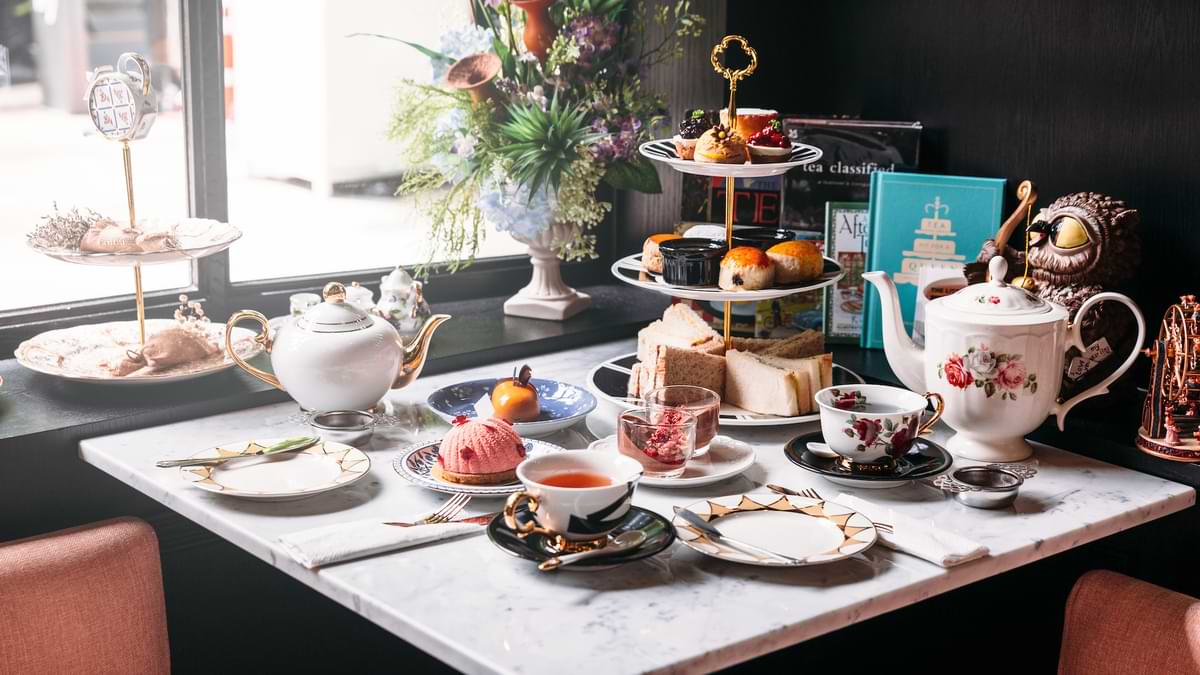
Five o’clock tea history and 29 curiosities about tea
Tea culture has been part of our lives for thousands of years. Some people take it at five o’clock, those who prefer it hot or those who prefer it cold on summer days. There are several ways that tea can assume in our daily lives, however, they all share the ideal of well-being. Drinking tea is one of the best ways we have to give affection to our body at any time of the day and anywhere, with or without people. The knowledge of a teacup is so powerful that it fits any occasion.
Although this healthy practice is part of world culture, it is more practised in China, Japan, and England in the famous five o’clock tea. The origin of tea is still somewhat unknown. There are many Chinese myths about the origin of tea culture through the buds of Camellia sinensis. According to a study, in 2027, 8 million tons of green and black tea will be produced. This high production is due to the annual increase in tea consumption globally.
In addition to hydrating the body, teas help balance our body temperature, relieve stress and strengthen our defences. Discover 29 curiosities about tea and the history of five o’clock tea. Good reading!
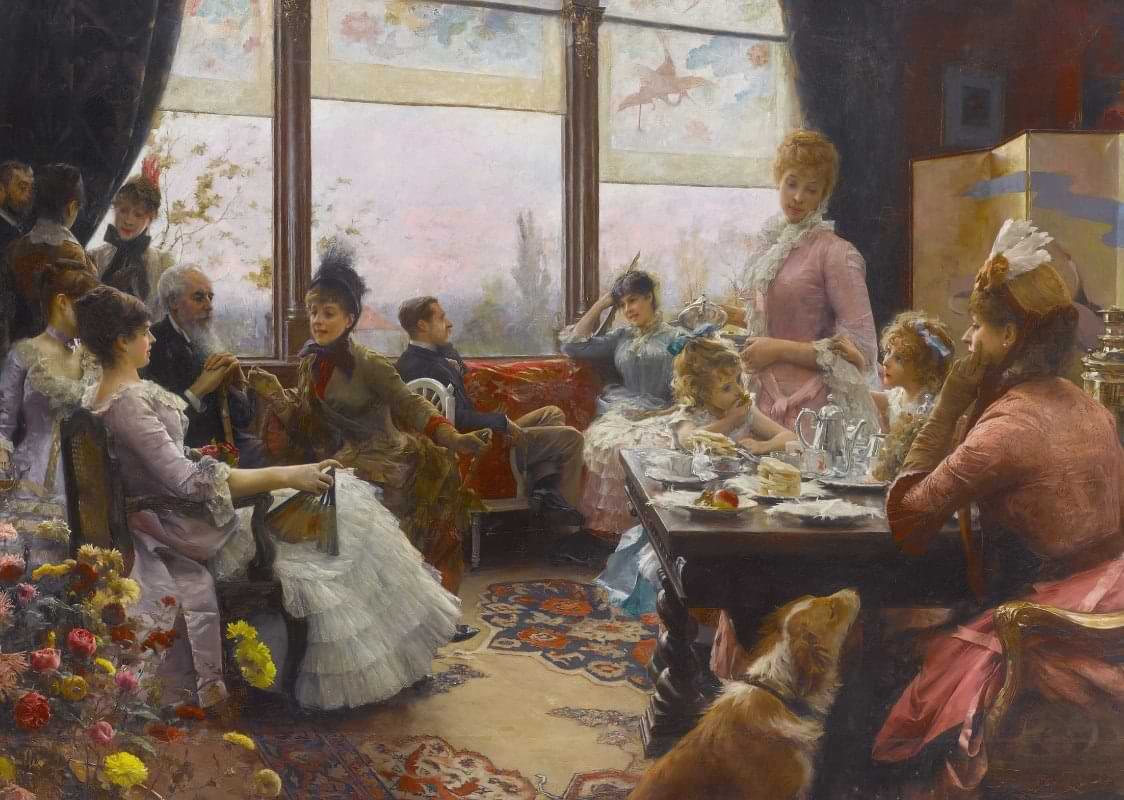
Origin of 5 o’clock teas
“The famous 5 o’clock teas is a typically English ritual, which is increasingly rooted among us. Tea was presented to the English court by a Portuguese woman, Princess Catarina de Braganza, daughter of John IV and Luisa of Gusmão, on the occasion of her marriage to Charles III of England. In 1660, Catarina did ‘Tea Parties’ and quickly became appreciated by women and men, becoming an element of English identity and customs.
Originally from China, tea was introduced to Europe by the Portuguese in the 16th century. The tea plant, Camellia Sinensis, was traded through trade routes between Portugal and China. It quickly became a popular commodity, especially among the wealthier classes. In the 17th century, consumption increased, and tea was drunk (…) any time of the day.
This infusion of fruits, leaves, roots, and herbs of the tea plant is usually prepared with hot water, however, the consumption of cold tea has also become popular, especially in the warmer seasons. The varieties are endless (white, black, green, jasmine, earl grey, touareg, jafertee, among others), and each acquires a defined flavour according to the processing used, which may include oxidation, fermentation, and contact with other herbs, spices or fruits. The biggest tea producers are China and Japan (…) one of the best teas in the world (black and green) is produced in the Azores, on the island of San Miguel, in the town of Gorreana, in the varieties Orange Pekoe, Broken and Moinha. ”
*Obtained through SAPOLifestyle, Strazzera, Decoration and Gardens. Translated by Chás do Mundo.
29 Curiosities about tea
1) “The second most consumed beverage in the world after water, it is estimated that more than 3 billion cups of tea are consumed daily”. “One of the most popular drinks in the world (…) in countries such as China, India, the United Kingdom and the United States”;
2) “The Camellia sinensis plant can produce tea leaves for 50 years”;
3) “A cup of black tea has half the caffeine of a cup of coffee”;
4) “The biggest importer and biggest consumer in the world is England. On average, every British consumes around four cups of tea daily.” “(…) the daily consumption of tea by the British is around 165 million cups (…) 20 Olympic swimming pools”;
5) “Black tea is the most produced, consumed and exported type of tea in the world”;
6) “A year, 236 teacups are consumed worldwide”;
7) “Tea was once used as a bargaining chip”;
8) “In addition to consuming tea for almost 5,000 years, the Chinese were also responsible for bringing tea culture to Japan”;
9) “White tea is the least processed of all teas. The flavour is delicate, sweet, and floral”;
10) “Five out of six Americans consume a little tea every day”;
11) “It is the sacred drink of Tibet”;
12) “People can drink between 4 and 5 teacups every day”;
13) “A cup of white tea has the same quantity of antioxidants as 10 glasses of apple juice”;
14) “Tea was one of the reasons that led to the Opium War between China and the United Kingdom in 1839”;
15) “(…) in Brazil, tea consumption has increased by 53% and one of the main reasons is the search for a better quality of life”;
16) “The biggest world producers of Camellia sinensis are India and China”;
17) “(…) the biggest tea consumers in the world are India, Pakistan, Bangladesh, Sri Lanka, Turkey, Morocco, Russia, China, Ireland, United States of America and the United Kingdom”;
18) “In a day’s work, a person with experience in picking tea leaves can collect around 32 kg of tea, which is enough to prepare an average of 14,000 cups of tea”;
19) “Tea cultivation in China, South Korea and Japan are recognized as world agricultural heritage by the UN”;
20) “The best black teas in the world are those from India, mainly those from the regions of Niligri, Assam and Darjeeling”;
21) “Tea bags were invented in 1904 by Thomas Sullivan, a New York importer of the beverage”;
22) “Tea with an expired expiration date for being used as a plant fertilizer”;
23) “(…) green tea is known as a superfood”;
24) “The Camellia sinensis plant is cultivated in more than 30 countries”;
25) “(…) in the United States of America, tea is consumed more iced than hot”;
26) “Wuhan is the capital of Yellow tea”;
27) “Bag tea is the most popular and consumed by most people”;
28) “Most of the tea’s caffeine is released after the first 30 seconds of infusion”;
29) “(…) the production of tea leaves supports 13 million people (…) responsible for 60% of world production”.
If you know any more curiosity about tea, share it in the comments. Until the next article!



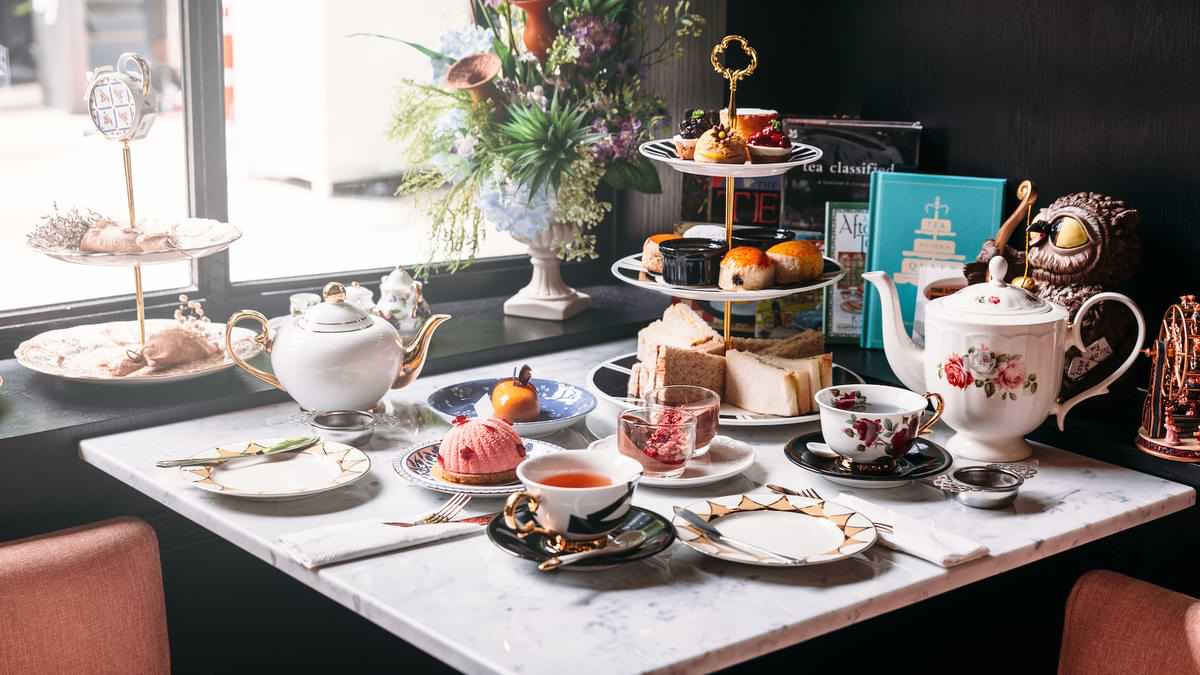
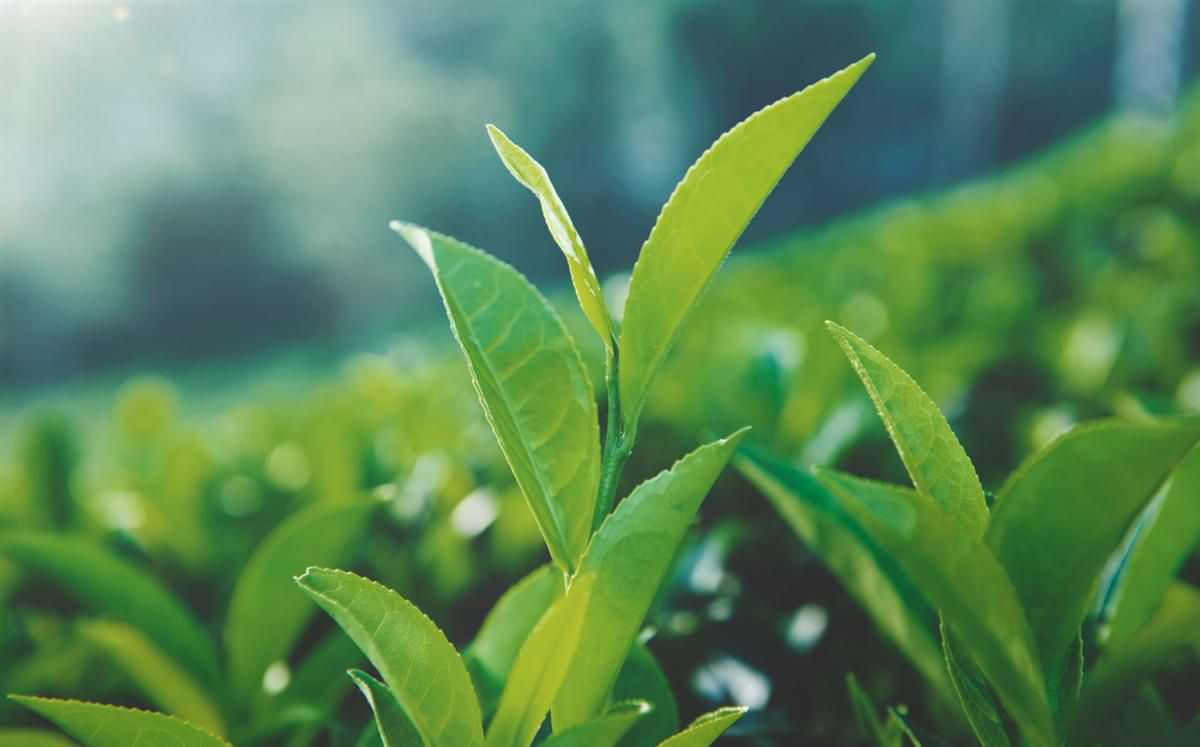


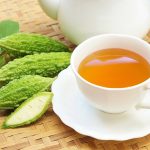


Sorry, the comment form is closed at this time.